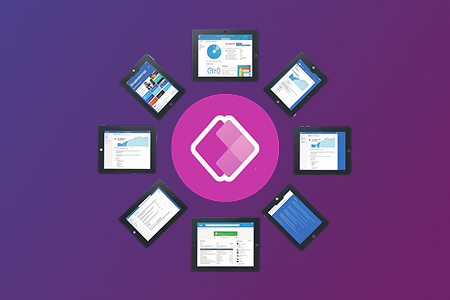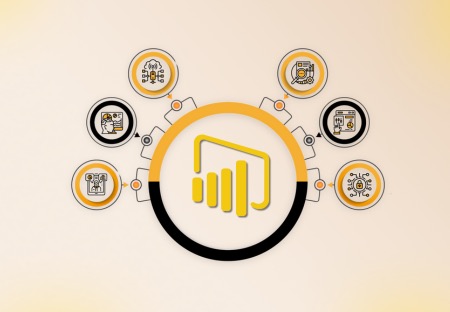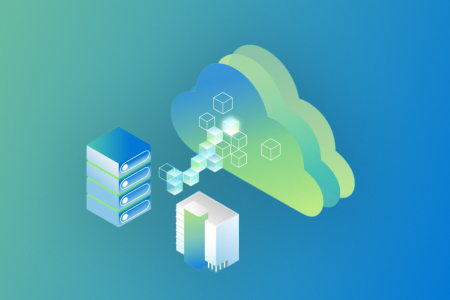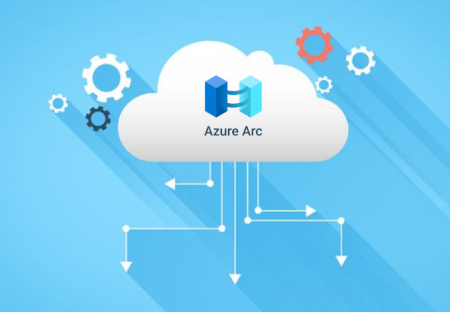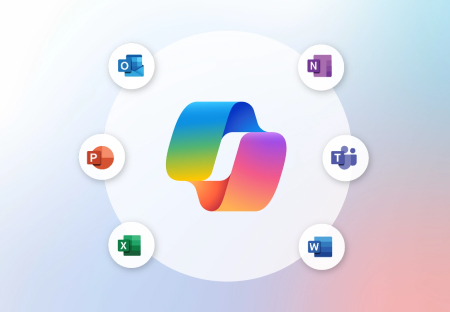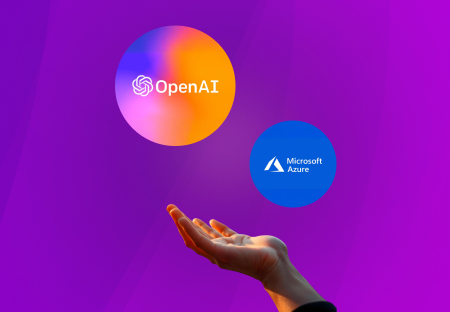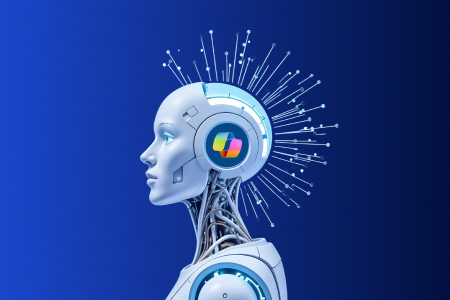In today’s digital age, businesses across various industries are under pressure to optimize operations, reduce costs, and enhance accuracy. Robotic Process Automation (RPA) has emerged as a crucial technology that helps organizations achieve these goals by automating repetitive, rule-based tasks. As we look ahead to 2024, RPA is set to further revolutionize sectors such as finance, healthcare, and insurance, evolving into a more advanced form of automation known as Intelligent Automation (IA).
In this comprehensive guide, we’ll explore how RPA works, its benefits, and the opportunities it presents for businesses looking to streamline their operations.
What is Robotic Process Automation (RPA)?
Robotic Process Automation is a software-based technology that enables the automation of routine tasks through “bots” or “software robots.” These bots mimic human actions by interacting with digital systems and applications, without the need for complex APIs or system integrations. Instead, RPA utilizes screen-scraping techniques to simulate user interactions with UI elements, making it a versatile and powerful tool for automating a wide range of tasks.
Here’s how Robotic Process Automation typically works:
- Data Input: RPA bots can retrieve and input data from various sources, such as emails, spreadsheets, databases, and web applications.
- Data Processing: Bots can process data by following predefined rules and logic. This includes tasks like calculations, data validation, and formatting.
- Task Automation: Bots can automate tasks such as data entry, form filling, report generation, and file manipulation. They can also interact with multiple systems simultaneously, streamlining complex workflows.
- Decision-Making: While traditional RPA is rule-based, more advanced bots can make decisions using AI and Machine Learning (ML) algorithms, allowing them to handle more complex scenarios.
Example of How RPA Works:
Imagine a finance department that processes hundreds of invoices daily. Traditionally, this would involve manually checking emails for invoices, downloading attachments, extracting relevant data, and entering it into the accounting system. With Robotic Process Automation, a bot can:
- Automatically scan incoming emails for invoices
- Download and open attached files
- Extract payment information from PDFs or images using Optical Character Recognition (OCR) technology
- Input the data into the accounting system, flagging any discrepancies for review
By automating this process, the finance team can significantly reduce manual effort, minimize errors, and improve overall efficiency.
The Benefits of RPA for Businesses
Robotic Process Automation offers a wide range of benefits that can help companies enhance their operations, reduce costs, and improve accuracy. Here are some key advantages:
- Increased Efficiency: Robotic Process Automation bots can work 24/7 without fatigue, completing tasks faster and more accurately than human workers. This leads to a significant increase in productivity and allows employees to focus on more strategic activities.
- Cost Savings: By automating repetitive tasks, RPA reduces the need for manual labor, leading to substantial cost savings. Organizations can allocate resources more effectively and reduce operational expenses.
- Improved Accuracy: Human errors are common in repetitive tasks, such as data entry. RPA eliminates these errors by following predefined rules and logic, ensuring that tasks are completed accurately every time.
- Scalability: RPA is highly scalable, allowing organizations to easily adjust their automation efforts based on demand. Whether it’s handling a surge in transactions or expanding to new departments, RPA can be quickly scaled to meet changing needs.
- Compliance and Security: RPA bots can be programmed to follow strict compliance guidelines, ensuring that tasks are performed in accordance with industry regulations. Additionally, bots can securely handle sensitive data, reducing the risk of data breaches.
- Enhanced Customer Experience: By automating routine tasks, organizations can free up employees to focus on customer-facing activities, leading to improved customer service and satisfaction.
- Quick Implementation: Unlike traditional IT projects that require extensive development and integration, RPA can be deployed relatively quickly. This allows organizations to see a return on investment (ROI) in a shorter timeframe.
How RPA Can Benefit Companies:
- Streamlined Operations: Robotic Process Automation helps streamline operations by automating repetitive tasks across departments. This leads to faster processes, fewer errors, and a more agile organization.
- Data Integration: RPA can integrate with various systems and applications, enabling seamless data transfer between different platforms. This is particularly beneficial for companies with legacy systems that may not be easily integrated through traditional means.
- Improved Decision-Making: By automating data collection and reporting, RPA provides businesses with real-time insights and analytics. This empowers decision-makers with accurate and up-to-date information, allowing them to make informed choices.
- Employee Empowerment: By automating mundane tasks, RPA frees up employees to focus on higher-value work, such as innovation, strategy, and customer engagement. This leads to increased job satisfaction and a more motivated workforce.
- Scalable Growth: As businesses grow, RPA can scale with them, handling increased workloads and expanding to new areas without the need for additional resources.
The Evolution of RPA: From Automation to Intelligent Automation (IA)
As we move into 2024, Robotic Process Automation is evolving into a more sophisticated form of automation known as Intelligent Automation (IA). IA combines RPA with advanced technologies such as Artificial Intelligence (AI), Machine Learning (ML), Computer Vision, and Natural Language Processing (NLP). This convergence enables bots to handle more complex tasks that require cognitive abilities, such as decision-making, language understanding, and pattern recognition.
Key Trends in RPA for 2024:
- Integration with AI and ML: The integration of AI and ML into RPA is allowing bots to learn from historical data and improve their performance over time. This leads to more accurate and efficient automation.
- Cloud-Based RPA: The migration of RPA to cloud environments offers scalability, flexibility, and cost savings. Cloud-based RPA enables organizations to deploy automation solutions faster and more efficiently, without the need for extensive on-premise resources.
- Low-Code/No-Code Tools: The rise of low-code/no-code tools is democratizing RPA, making it accessible to a broader range of users. Business users with little to no programming experience can create and deploy RPA bots, accelerating the adoption of automation across organizations.
- Security and Compliance: As RPA bots handle sensitive data, maintaining robust security protocols and ensuring compliance with industry regulations is essential. Organizations are increasingly focusing on security measures to protect data and ensure regulatory compliance.
Conclusion
Robotic Process Automation (RPA) is no longer just a buzzword; it is a transformative technology that is reshaping industries across the globe. In 2024, RPA’s evolution into Intelligent Automation, combined with the adoption of cloud environments and low-code/no-code tools, will further accelerate digital transformation. As businesses continue to embrace automation, RPA will play a pivotal role in driving operational excellence and delivering superior outcomes.
By staying ahead of these trends and integrating RPA into their operations, companies can unlock new levels of efficiency, productivity, and innovation, positioning themselves for success in an increasingly competitive and automated world.



